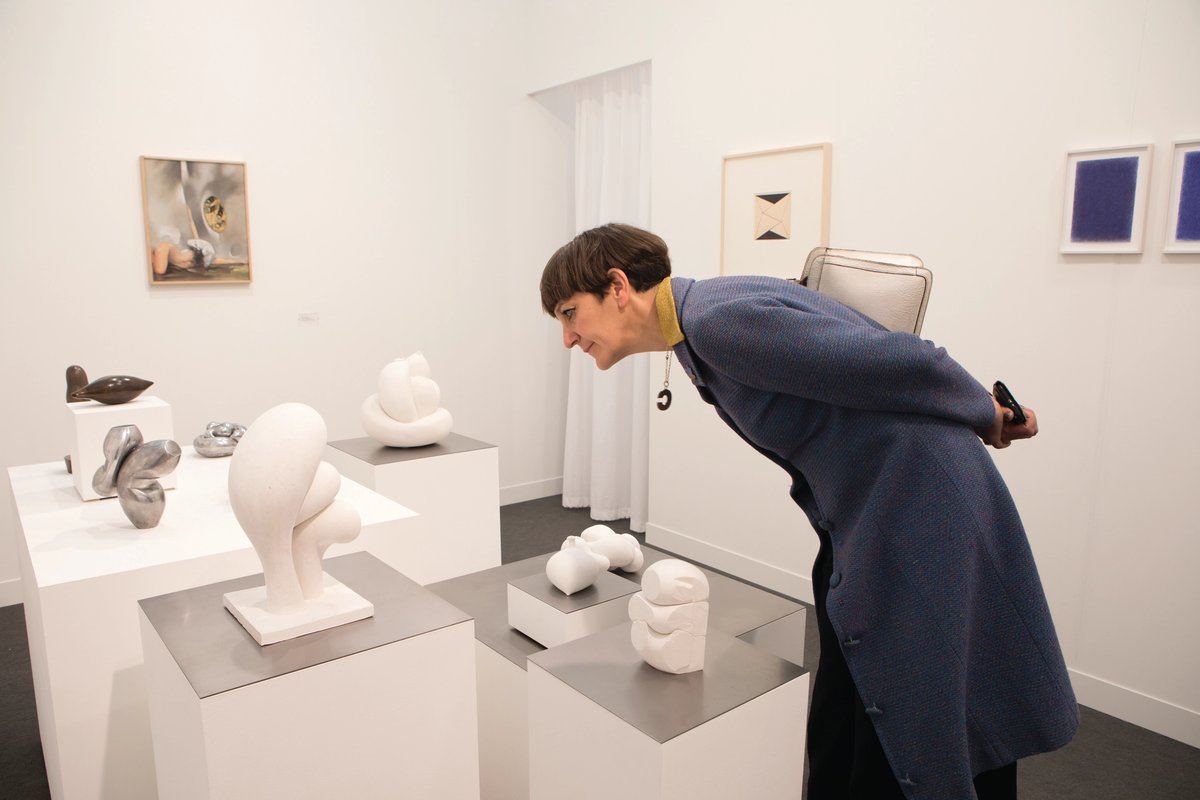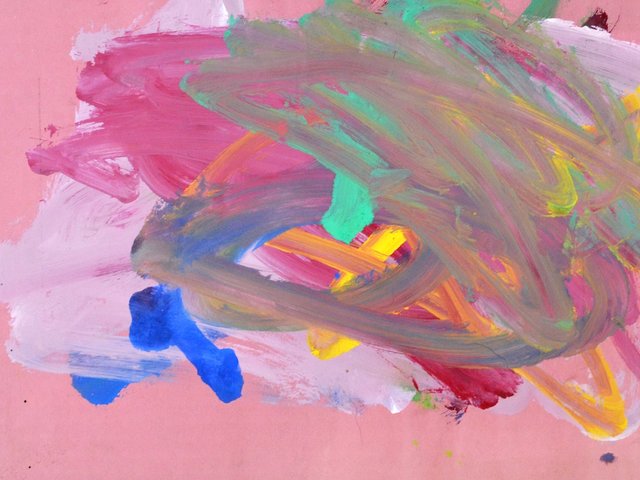As the Royal Academy of Arts delves into the uncanny relationship between Dali and Duchamp (until 3 January 2018), visitors to the Frieze fairs are finding plenty of surreal, inexplicable art that chimes with our surreal, inexplicable times.
At Frieze Masters, La Demi-Poupée (half-doll) (1972)—a fetishised doll, with a single breast, arm and leg—is one of four works by the Surrealist artist Hans Bellmer (1902-75) on the stand of David Lévy. “Contemporary collectors are very interested in his work,” Lévy says. “It attracts and repulses, because somewhere in everyone’s unconscious, it rings a bell, which is what all Surrealist work is about. Collectors from China who have never heard of Bellmer are fascinated by it.” The work, from an edition of nine, is priced at €280,000.
Lévy Gorvy is showing an untitled work from 1967 (€220,000) in ink on paper, peppered with doll’s eyes, by Carol Rama (1918-2015). The Italian artist defied categorisation but her work bore the hallmarks of Surrealism. Rama’s early work was more sexually explicit, but after police shut down her show in Turin in 1945, she was forced to find a more abstract way to communicate bodily desires. “You can see a line between Rama, Louise Bourgeois and Eva Hesse, all using different found materials in a surreal manner, indicating desire or suppression without directly depicting it,” says Emilio Steinberger, the gallery’s director.
Opposite is Cheim & Reid and Thomas Dane Gallery’s solo stand of Lynda Benglis (b. 1941), another artist who resists being labelled but has a more contemporary take on the uncanny and biomorphic. The works, dating from 1968 to 1990, begin at $30,000 and reach $1.2m for Eat Meat (1969-75), a poured bronze. Adam Sheffer, partner and sales director at Cheim & Reid, says: “It’s very hard to look at something like Eat Meat and not have a visceral reaction. It’s not a traditionally beautiful sculpture—it relates to process, to bodily fluids. People are genuinely uncomfortable encountering it.” The gallery has had strong interest from museums in the UK, the US and western Europe.
Works with a Surrealist slant are also on show at Frieze London, including sculptures by the late Czech-born artist Maria Bartuszová at Alison Jacques Gallery. The biomorphic forms of Bartuszová’s works in plaster, bronze and aluminium, including Rebound Torso (1984-96), recall the practices of artists such as Jean Arp and Joan Miró. “We decided to show her work in dialogue with a piece by Dorothea Tanning, Glad Nude With Paws [1978]. It makes sense that Bartuszová’s works are shown alongside a major painting by an artist who was part of the Surrealist movement,” Jacques says.
The Surrealist spirit of fracturing and manipulating the established order also reflects the economic and political upheaval being felt across the world. This idea is captured in the sculptor Kevin Francis Gray’s works in marble, available with Pace gallery. Reclining Nude I (2016) is “completely distorted”, Gray says. “A few years ago, I felt I needed to fracture my practice. To remain relevant, I changed my language. You could say that my outlook is more fractured, much darker and heavier—just like the times.”




